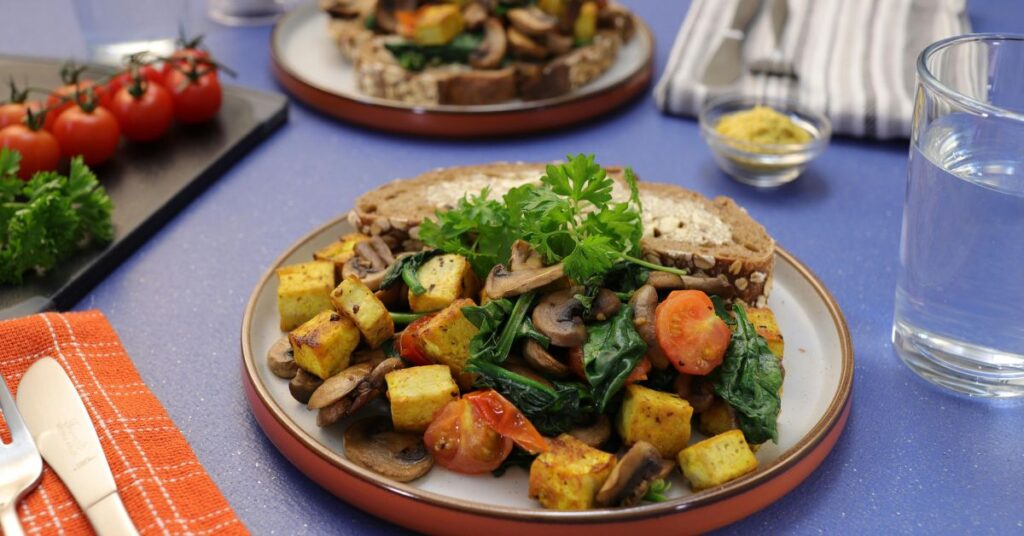For vegans, Italian food can often feel like a forbidden area, with its focus on cheese, cream, and meats. Vegan Italian recipes are taking the cooking world by storm, proving that you can remain true to ethical eating while still indulging in Italy’s most renowned meals.
Whether you’re a skilled vegan seeking to expand your cooking repertoire or a food lover curious about plant-based Italian options, this guide has something for everyone. We’ll explore why vegan Italian recipes are becoming more popular, break down necessary cooking pointers, and, of course, share mouthwatering recipes that will transport you straight to Italy (with a planet-friendly twist). Let’s dive in and find the scrumptious world of vegan Italian cuisine!
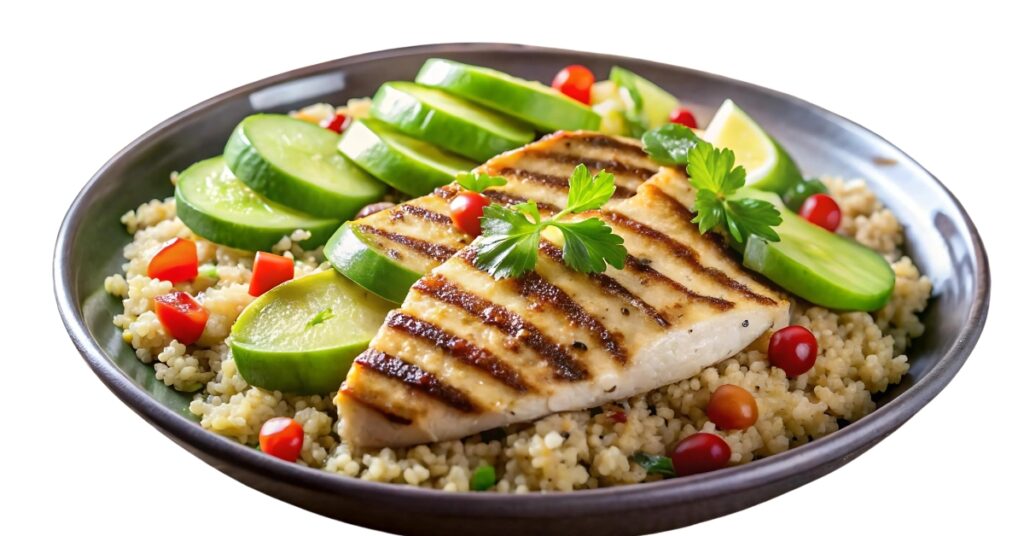
Why Vegan Italian Recipes Are Gaining Popularity
There are several reasons that vegan Italian recipes are acquiring appeal among people all over the world. Here are a few of the main elements adding to the rise of this cooking trend:
- Health Benefits: Many individuals are turning to vegan diets for their various health advantages, such as lowering the danger of cardiovascular disease and particular kinds of cancer. Conventional Italian food is known for its generous usage of olive oil, fresh herbs, and veggies, making it natural and suitable for those following a plant-based diet plan.
- Environmental Impact: Animal farming has a substantial impact on the environment, from logging to air and water contamination. By selecting plant-based alternatives to conventional Italian meals, we can reduce our carbon footprint and
With the increase in plant-based diets and conscious consumption, it’s not a surprise that standard Italian dishes are being provided a vegan transformation. What exactly is driving this shift towards vegan Italian recipes? Here are some reasons more people are accepting this culinary pattern:
- Health Benefits: A diet rich in plant-based foods has been linked to various health advantages, including a minimized risk of cardiovascular disease, diabetes, and specific cancers. Traditional Italian food typically relies heavily on meats and cheeses, but changing to plant-based alternatives can provide a much healthier balance.
- Environmental Impact: Animal farming is among the leading causes of logging, greenhouse gas emissions, and water pollution by reducing our use of animal products and ecological footprint.
- Animal Welfare: Many people are choosing to embrace a vegan lifestyle because they are concerned about the treatment of animals in the food industry. With vegan Italian recipes, people can enjoy tasty.
- Cooking Creativity: Embracing veganism doesn’t imply quitting on taste or variety. It can open up an entire brand-new world of culinary imagination. By exploring plant-based ingredients and standard Italian cooking techniques, cooks can create special and delicious meals that challenge
Why Vegan Italian Food is Gaining Popularity
The increase in veganism and plant-based diets is not a new phenomenon; however, it has acquired significant traction in recent years. As more and more people become mindful of their health, the environment, and animal welfare, they are turning to veganism as a way to align their values with their dietary choices.
Italy, known for its abundant culinary customs and tasty food, may look like an unlikely location for vegan food to flourish. Nevertheless, Italian chefs and home cooks have been adjusting standard dishes to accommodate the growing demand for plant-based choices.
Among the primary reasons why vegan Italian food is gaining popularity is the fact that it provides a much healthier alternative without compromising taste. By changing meat, dairy, and eggs
In the last few years, the appeal of vegan Italian food has been considerably boosted. This can be attributed to a range of elements, including health concerns, environmental awareness, and ethical factors.
One major factor for the rise in appeal is the increasing number of people adopting plant-based diet plans for health factors. Studies have shown that following a vegan diet can reduce the threat of cardiovascular disease, certain types of cancer, and other persistent illnesses. Additionally, Italian cuisine is typically connected with healthy and fresh active ingredients like veggies, grains, and vegetables– making it an easy shift for those looking to enhance their diet plan.
Another element contributing to the appeal of vegan Italian food is growing ecological awareness. Animal agriculture is
In current years, there has actually been a considerable increase in the popularity of veganism and plant-based diets. This shift towards more sustainable and ethical food choices has also extended to traditional foods, including Italian cuisine.
There are a number of factors why vegan Italian food is gaining popularity:
- Health Benefits: Many individuals are turning to veganism at risk of heart problems and particular kinds of cancer. Standard Italian meals, while tasty, can often be high in saturated fats and cholesterol. Vegan versions offer a much healthier alternative without sacrificing flavor.
- Selecting plant-based Italian meals
- Health Benefits: Many people are turning to veganism to improve their health. Today, more individuals are turning to veganism to support health, animal, and sustainability well-being. Conventional Italian cuisine, with its abundant Mediterranean roots, aligns wonderfully with vegan values when you concentrate on its structure of fresh vegetables, aromatic herbs, and simple preparation methods.
Italian dishes like pasta pomodoro or bruschetta naturally lend themselves to plant-based adjustments. With developments in vegan cheese, dairy options, and plant-based proteins, even beloved classics like lasagna and tiramisu are getting a cruelty-free remodeling. Integrating authentic Italian flavors with vegan resourcefulness, vegan Italian dishes make mealtime both extraordinary and ethical.

Key Ingredients and Tips for Vegan Italian Recipes
There are a few crucial components and tips that can elevate your meals and make them really authentic when it comes to vegan Italian cooking.
Olive Oil
Olive oil is a staple in Italian cooking and adds abundant taste to numerous dishes. When choosing olive oil for your recipes, search for extra virgin or cold-pressed options for the very best quality and taste. You can also try out flavored olive oils, such as garlic or chili-infused oils, to add a kick to your dishes.
Fresh Herbs
Using fresh herbs is necessary for producing genuine Italian flavors. Some common herbs utilized in Italian cuisine consist of basil, rosemary, parsley, and oregano. These herbs do not just include
Some key active ingredients and pointers can help you achieve authentic flavors while remaining true to your plant-based lifestyle in vegan Italian cooking.
- Use fresh herbs: In conventional Italian food, fresh herbs enhance flavors. Instead of relying on dairy or meat for richness, choose a range of fragrant herbs such as basil, thyme, rosemary, and oregano to add depth to your meals.
- Experiment with different kinds of pasta: There are many alternatives for vegan pasta nowadays, from whole grains to gluten-free varieties. Do not hesitate to try other shapes and textures in your dishes to discover the best match for your
Some ideas can assist you in attaining genuine and scrumptious flavors when it comes to vegan Italian cooking. Here are some recommendations to keep in mind when preparing your next plant-based Italian dish:
- Use premium additional virgin olive oil: Olive oil is a staple in many Italian dishes, offering both flavor and healthy fats. It has the most robust flavor and is the least processed.
- Integrate fresh herbs: Fresh herbs like basil, parsley, oregano, and rosemary add a lively taste to any meal. They also provide additional health benefits like anti-oxidants and vital nutrients.
- Explore dairy alternatives: Traditional Italian
When it comes to vegan Italian cooking, there are a couple of crucial active ingredients and ideas that will help you create scrumptious and genuine meals:
1. Use Olive Oil as Your Main Cooking Fat
Olive oil is an excellent ingredient and a staple in Italian food. It adds a scrumptious taste to meals and has various health benefits.
2. Try Out Plant-Based Proteins
Standard Italian dishes typically feature meats like chicken, pork, or beef. However,
There are a few key ingredients and ideas that can help raise your dishes and make them really delicious when it comes to Vegan Italian Recipes. Here are some vital components to keep in mind when preparing vegan Italian meals:
1. Quality Ingredients
Just like any cuisine, the quality of active ingredients used considerably impacts the taste of the final dish. In vegan Italian cooking, this means utilizing fresh produce, premium olive oil, and authentic herbs and spices. Put in the time to source out regional, natural produce whenever possible for maximum taste.
2. Use Plant-Based Protein Sources
Replacing conventional meat with plant-based protein sources is crucial in veganizing Italian dishes like lasagna or bologna.
Before we delve into dishes, here are some essentials that will assist you in recreating genuine Italian flavors without the animal items:
Staple Vegan Ingredients for Italian Cooking
- Olive Oil: The foundation of many standard Italian dishes, high-quality extra virgin olive oil has exceptional flavor.
- Tomatoes: Fresh ripe tomatoes or canned San Marzano tomatoes are a need for sauces.
- Herbs: Basil, thyme, rosemary, and oregano are essential flavor builders.
- Garlic and Onion: Aromatic staples that elevate any recipe.
- Nutritional Yeast– A terrific alternative to Parmesan cheese, including cheesy umami to dishes.
- Cashews and Plant Creams– Perfect for creating velvety sauces and desserts.
- Plant-based Cheese Alternatives—Try vegan mozzarella, ricotta, or Parmesan from brands like Miyoko’s or Violife.
Cooking Tips
- Try out various herbs and spices to find brand-new flavor mixes. Fresh or dried alternatives can both work well in sauces.
- Garlic and onion, sliced finely or pureed for a smoother texture, can be used as a base for numerous sauces.
- Nutritional yeast is not just a dairy-free choice. However, it also includes protein and B vitamins in your dishes.
- Soak cashews before blending into sauces for a creamier consistency. If you do not have plant-based creams on hand, you can make your own by mixing drenched cashews with water until smooth.
- Please do not be scared to attempt various plant-based cheese options in your dishes– they can add exceptional tastes and textures.
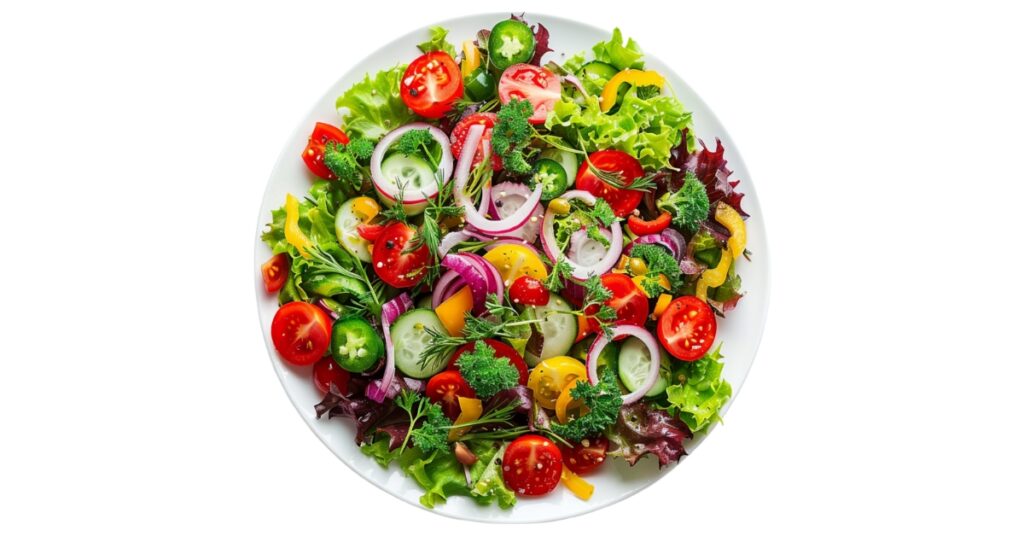
Here are some tips for cooking tasty plant-based meals:
- Experiment with various spices and herbs to develop unique flavors. Don’t be scared to try brand-new combinations!
- Explore various combinations of flavorings, spices, and herbs to develop your signature sauces.
- Use fresh, active ingredients whenever possible for optimum taste.
- If utilizing dried herbs instead of fresh,
- Toasting nuts before adding them to a sauce can enhance their nutty flavor. Heat them in a dry over medium heat until aromatic.
- When making velvety sauces or dressings, start with percentages of plant cream or cashews and add more as needed to desired consistency. You can always add more, but you can’t take it out as soon as you’ve added it!
- When cooking veggies, could you pay attention to their cooking time?
- Utilize a range of cooking techniques, such as roasting, sautéing, grilling, and steaming, to keep your meals intriguing.
- Incorporate texture into your meals by utilizing active ingredients like nuts, seeds, or crispy tofu.
- Do not shy away from using plant-based replacements for meat and dairy products – they can add depth and flavor to
Go Seasonal
- Italian cuisine thrives on fresh, seasonal components. Use in-season produce for the best flavors.
Explore Vegan Substitutes
- Swap dairy-heavy elements like ricotta or mascarpone with nut-based alternatives, such as cashew cream.
Simpleness is Key
- Italian cooking is everything about letting components shine, so do not overcomplicate your dishes.
With these ideas and crucial ingredients in mind, it’s time to formulate some of the best vegan Italian dishes!
4 Easy Vegan Italian Recipes
Vegan Lasagna
- Layers of marinara sauce, vegan cheese, and veggies produce a hearty and scrumptious lasagna—alternative. For a healthier twist, substitute traditional pasta sheets with zucchini strips or gluten-free noodles.
Eggplant Parmesan
- Breaded eggplant with tomato sauce and vegan mozzarella produce a classic Italian meal that’s simple to make vegan-friendly. Serve with crusty to dip into the extra sauce.
Pesto Pasta
- Use fresh basil, pine nuts, garlic, and olive oil to make a homemade pesto sauce that sets perfectly with your favorite pasta shape. Add
1. Vegan Margherita Pizza
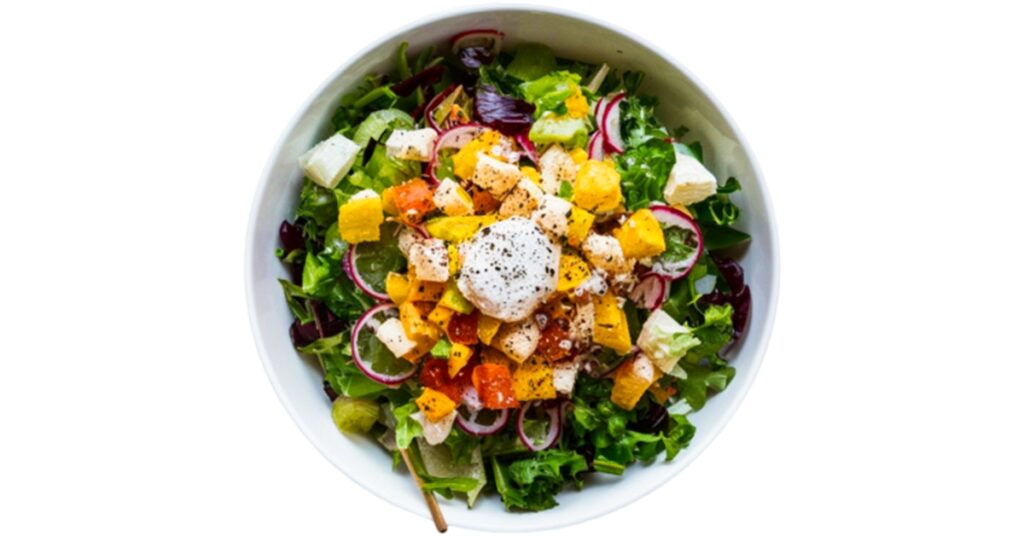
Active ingredients
- Pizza dough (store-bought or homemade).
- Vegan mozzarella cheese.
- 1 cup tomato sauce.
- 2-3 fresh basil leaves.
- Olive oil.
Directions.
- Pre-heat your oven to 480 ° F( 250 ° C).
- Present the pizza dough on a floured surface area and transfer it to a pizza stone or baking sheet.
- Spread tomato sauce evenly throughout the base. Include pieces of vegan mozzarella.
- Lead with fresh basil leaves and drizzle with olive oil before serving.
This timeless Neapolitan favorite is evidence that basic active ingredients make for an extraordinary dish.
2. Velvety Vegan Pesto Pasta.
Components.
- 400g pasta of option (spaghetti, penne, or linguine).
- 2 cups fresh basil leaves.
- 1/3 cup olive oil.
- 1/4 cup dietary yeast.
- 1 garlic clove.
- 1/4 cup raw cashews or pine nuts.
- Salt and pepper to taste.
Directions.
- Prepare pasta according to package instructions until al dente is reached—reserve 1/4 cup pasta water before draining.
- Mix basil, olive oil, dietary yeast, garlic, cashews, salt, and pepper until smooth. If needed, add pasta water to thin.
- Toss the pasta with the pesto sauce and serve.
3. Vegan Mushroom Risotto.
Ingredients.
- 1 cup Arborio rice.
- 4 cups vegetable stock (kept warm).
- 1 cup button or cremini mushrooms, finely sliced.
- 1 small onion, diced.
- 2 tablespoons olive oil.
- 1/4 cup dry white wine (optional).
- Nutritional yeast (for a cheesy touch).
Guidelines.
- Heat olive oil in a pan and sauté onions till translucent. Include mushrooms and cook for 5 minutes.
- Add Arborio rice, stirring until fully covered. If using, deglaze with white and red wine and cook until the liquid is absorbed.
- Slowly ladle in warm vegetable stock, one cup at a time, stirring continually. Wait till the liquid is absorbed before including more stock.
- Once the rice is velvety and tender, stir in nutritional yeast. Serve instantly with fresh herbs on top.
4. Vegan Tiramisu.
Ingredients.
- One cup of strong brewed coffee or espresso cooled.
- 1 1/2 cups vegan mascarpone (store-bought or homemade using cashews or tofu).
- 2 tbsp sugar.
- 1 cup plant-based whipped cream.
- 1 package of vegan ladyfingers or soft sponge cake.
- Cocoa powder for dusting.
Instructions.
- Integrate coffee and sugar in a shallow bowl. Dip vegan ladyfingers quickly into the mix.
- Layer dipped cookies in a dish, then spread out vegan mascarpone and whipped cream over them. Repeat the layers.
- Dust with cocoa powder and chill in the refrigerator for at least 3 hours before serving.
Making Every Italian Dish Vegan.
With the rise in popularity of plant-based diets and the availability of vegan alternatives, there are many ways to enjoy timeless Italian meals without jeopardizing taste or credibility. From popular pasta dishes to indulgent desserts, here are some suggestions and techniques for making every Italian meal vegan.
Start with High-Quality Ingredients.
When it concerns creating scrumptious meals, using high-quality active ingredients is key. This is specifically true when making vegan variations of Italian meals.
As the need for plant-based alternatives continues to increase, more and more individuals are looking for ways to make their preferred dishes vegan. Italian cuisine is known for its creamy textures and rich flavors; however, many of these meals typically consist of animal items like meat, cheese, and eggs. With a bit of imagination and some easy ingredient swaps, it’s possible to recreate these timeless Italian meals in an entirely plant-based way.
One key ingredient in traditional Italian cooking is cheese. However, with the increase of dairy-free options, there are now numerous choices for vegan cheese that can be utilized in place of conventional dairy cheese. Instead of using routine Parmesan cheese on your pasta meal or pizza,
Italian food is known for its tasty and hearty taste, but many traditional meals consist of meat. With the rise of plant-based diets and awareness about ethical and environmental issues related to animal farming, it has become easier than ever to make every Italian meal vegan.
In this short article, we will discuss some basic replacements and ideas for making popular Italian dishes entirely vegan. Whether you are a long-time vegan or just beginning to integrate more plant-based meals into your diet plan, these ideas will help you enjoy all your preferred Italian flavors without jeopardizing your values.
Veganizing Pasta Dishes.
Pasta meals are a staple in Italian cuisine; however, they frequently include.
This might surprise some, given the heavy use of meat and dairy in Italian cuisine. In this section, we’ll explore how to turn traditional Italian dishes into delicious plant-based meals.
Vegan Pasta.
Pasta is a staple in Italian cooking, and it is among the simplest vegan dishes. When making vegan pasta, ensure that your pasta dough does not include eggs, which is the most crucial thing to note—numerous store-bought pastries.
If you enjoy experimenting, remember that Italian cooking enables flexibility. Here are more ideas for easily adjusting conventional Italian dishes to suit a vegan lifestyle:
- Swap sausage in pasta sauces for plant-based crumbles.
- Use aquafaba for dishes that require egg whites, like meringue or zabaglione.
- Red wine decreases can replace heavy cream in tasty sauces.
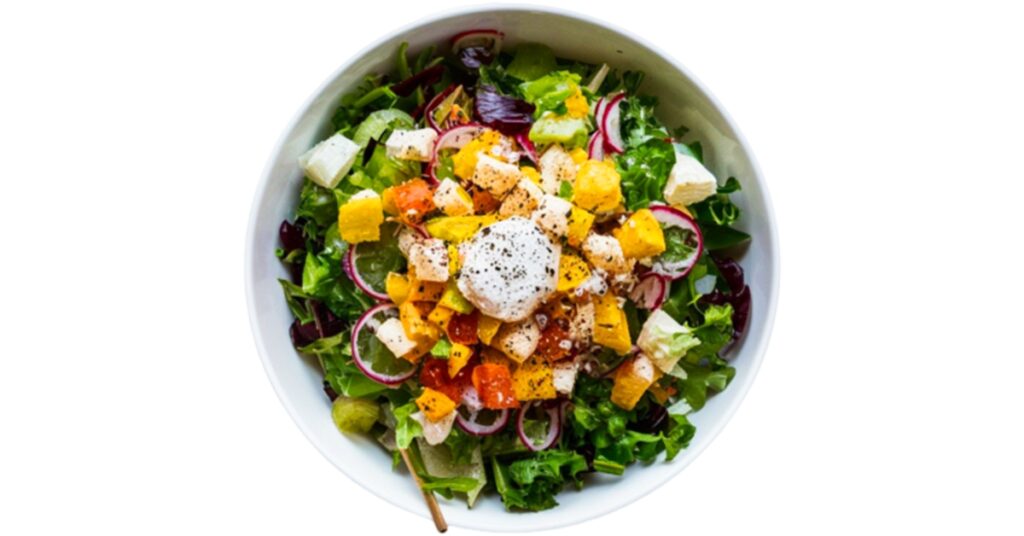
Bring Italy to Your Table, the Vegan Way.
Vegan Italian food is an interesting, flavor-packed method of prioritizing principles and sustainability without sacrificing taste. With simple active ingredients, you can make anything from a genuine pizza to decadent tiramisu. Each dish celebrates both custom and development.
Are you prepared to create your plant-based Italian work of art? Start with one of the recipes above and discover just how scrumptious vegan Italian food can be. Buon appetito!
With the rise of plant-based diet plans and mindful consumption, it’s no surprise that traditional Italian dishes are being offered a vegan makeover. Integrating genuine Italian tastes with vegan resourcefulness, vegan Italian recipes make mealtime both ethical and extraordinary.
With the rise in popularity of plant-based diets and the schedule of vegan alternatives, there are many ways to delight in timeless Italian dishes without jeopardizing taste or authenticity. From popular pasta meals to indulgent desserts, here are some suggestions and techniques for making every Italian meal vegan.
Pasta is a staple in Italian cooking, and it’s one of the simplest vegan meals.

